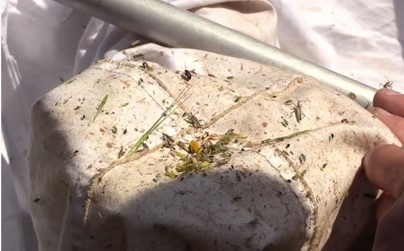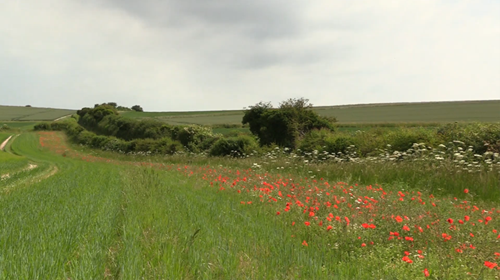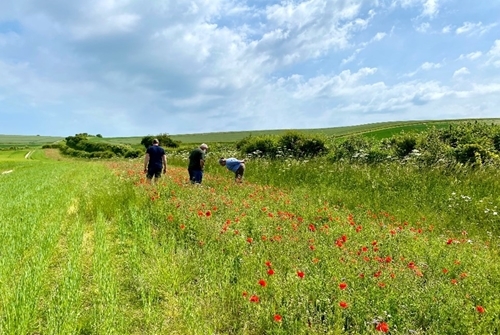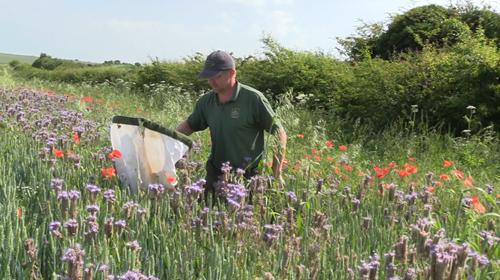Written by Julie Ewald, Head of GIS
2 Minute Read
This week is Insect Week 2021, organised by the Royal Entomological Society and supported by other organisations. This event is designed to encourage people to learn more about insects and it helps to raise awareness of the important roles that insects play in all our lives and to celebrate the diversity of the insect world, with over a million species described (though this is considered a fraction of those that exist).
The GWCT has long studied insects, as they are a cornerstone of many of the ecosystems that we work in. Pollination and pest management (IPM – integrated pest management) are important ecosystem services that are provided by insects and other invertebrates. Additionally, the availability of insects is one of the important considerations in restoring grey partridge numbers and those of other farmland birds – which is what drove the GWCT’s original work on insects. This work has continued through the present day with the 52nd year of insect monitoring on the GWCT’s Sussex Study undertaken last week and insect collection ongoing this week at The Allerton Project.

Sawflies and other caterpillars are important chick food

Plant bugs are another important chick-food insect, often found in large numbers in conservation headlands
The importance of insects in the diet of chicks of gamebirds and many other farmland birds has led gamekeepers and other land managers to monitor numbers on the habitats they provide, in order to better address their conservation. The GWCT provides a simple identification guide for those insect groups that farmland bird chicks commonly eat. Insect monitoring by gamekeepers and farmers is commonly done using a sweep net. The habitats that are sampled include those established through agri-environment schemes or privately, often in support of wild game shoots or to provide integrated pest management. These include conservation headlands, cultivated arable margins, pollen and nectar strips, wild bird cover plots and flower meadows.

Conservation headlands (edges of cereal fields with reduced pesticide applications) provide chick-food resources
Land managers and GWCT researchers working together can help to address declines in insect abundance and provide insect-rich habitats across the country. They are prepared to play their part, in Insect Week 2021 and beyond.

In addition to providing chick-food resources, conservation headlands can also provide a place for rare arable flora

Sweep nets are important pieces of kit for land managers who need to find out if the habitats they provide can produce significant insect numbers during critical times of the year.
Raise awareness of the insect conservation work you do, retweet pictures of your sweep nets full of insects or the habitats you have established to help insects using #InsectWeek21 or #littlethingsthatruntheworld.